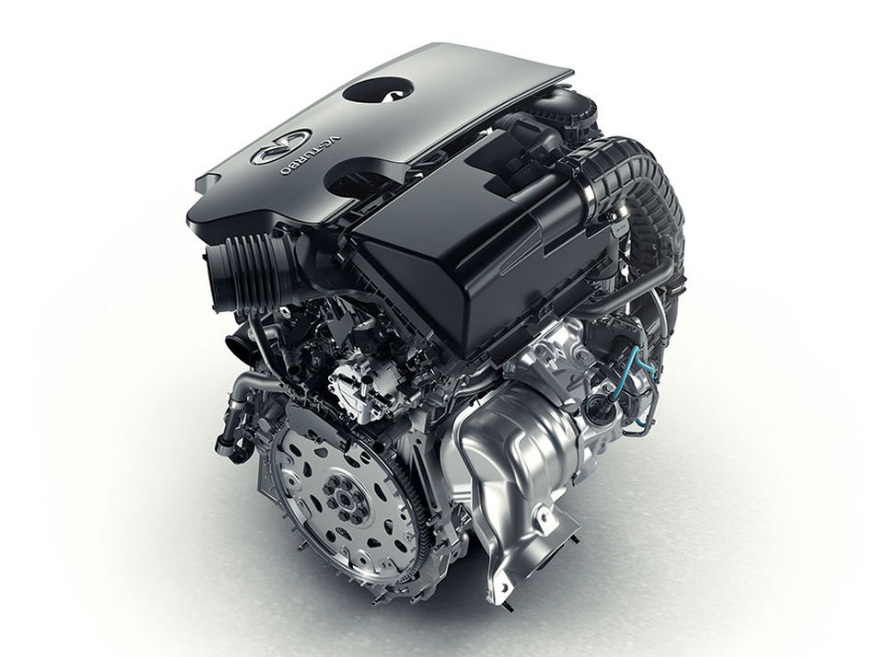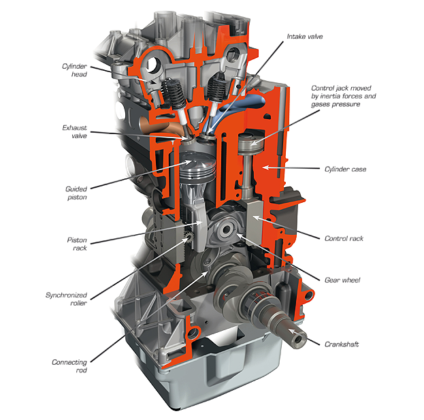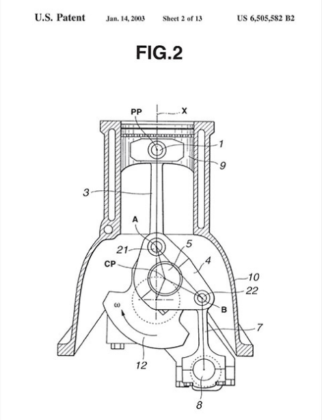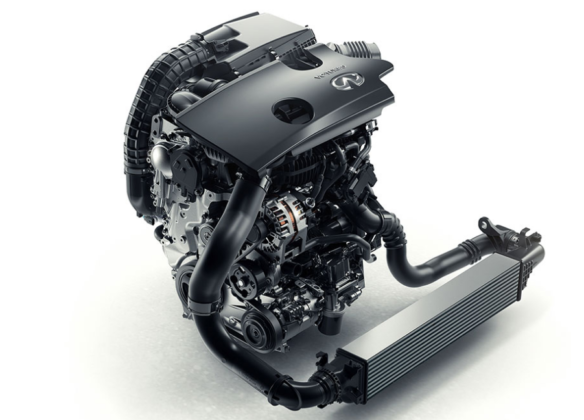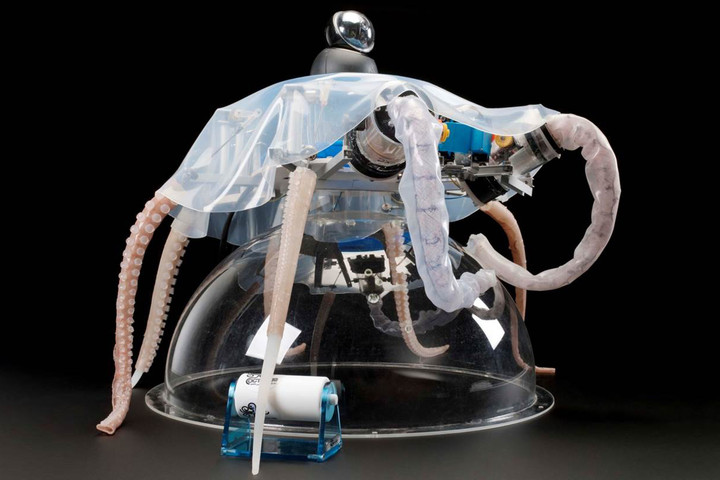There are various companies within the motor trade that have tried to create a ‘one-size-fits-all’ compression ratio within an engine, but none seem to have got it right. Until now, that is. Infiniti has revealed that they are preparing to launch the world’s first variable-compression engine (named VC-T for variable-compression, turbocharged) in 2018. It will be a great achievement for Infiniti and one that will earn them much respect from others that have failed in this area.
In 2000, Saab attempted to hinge the upper half of the engine, while Lotus suggested a movable piston in the cylinder head. More recently, engine manufacturers, FEV, demonstrated a piston-pin that had two distinct connecting rod lengths. But, so far, these have all been theories and none have come to fruition like Infinity’s engine is about to.
The VC-T engine will feature a mechanical connecting rod adaptation that was first in a patent assigned to Nissan in 2003. But, nothing ever came to be of it. However, more of Infiniti’s plans will be unveiled at the Paris auto show and is when more in-depth information regarding the engine will be provided. What has been revealed so far is that an advanced multi-link system will raise and lower the height of the pistons which will vary the clearance area above them, and as a result will vary the compression ratio. Infiniti engineers are expecting the compression ratio to alter between 8.0:1 to 14.0:1 depending on what is needed. The lower ratio would be used during periods of high performance and turbocharger boost the higher ratio would be used to optimize efficiency during normal circumstances.
On one side and below the crankshaft is another shaft with lobes that move a second set of connecting rods up and down. These rods, as well as those connected to the pistons, are all connected by links that mount onto the crankshaft. By rotating the shaft it raises and lowers the pivot pint of the links and shifts the movements of the pistons up or down, altering the compression ratio as it moves. Also, at each piston’s top center position the linkage provides an offset that allows the force to provide leverage on the crankshaft. This should reduce friction within the engine.
As great as this engine seems, it will come at a price and is set to me more expensive than the average direct-injected turbocharged engines that are seen in abundance today. The new Infiniti engine will also likely to need premium fuel to keep it running smooth, adding another cost to the package. But, with peak and torque levels of a typical V6 and 25-30 percent more efficiency, how will people resist?
More News To Read

